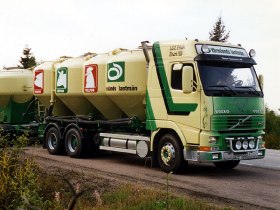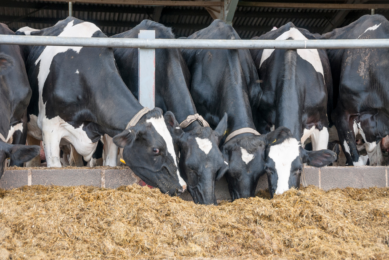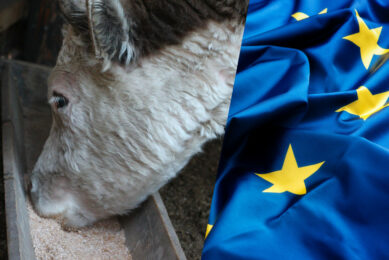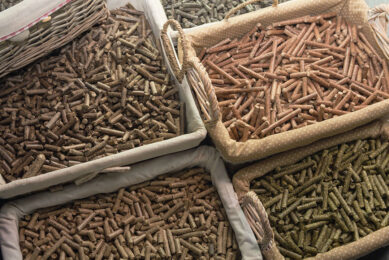Compound feed production in Europe 4.5% down

The first results of the 2009 market survey among European feed millers estimate compound feed production for the EU-27 at 144 million tonnes, i.e. 4.5% below the figure for 2008 (150.6 mio. t), according to Fefac data.
The significant downturn has affected all animal species, in particular cattle feed (-8%), pig feed (-6%) and, to a lesser extent poultry feed (-1%).
These provisional results are perfectly in line with the Fefac expert forecast from April last year, who tabled on a 5% decrease for 2009.
Four key factors have weighed on the EU feed demand in 2009:
- The dramatic crisis affecting the dairy sector, which triggered a severe contraction of the demand for efficient cattle feed, i.e. compound feed; mainly in the 3rd and 4th quarter;
- The continuation of the downward slope of the pig production cycle, amplified by the financial difficulties of pig farmers;
- The low market quotations for cereals, with the consequence that farmers had few incentives to put their cereals on the market rather than using them on the farm;
- The financial crisis, which led to lower consumer demand for products of animal origin, i.e. to a switch to less expensive animal proteins sources.
Fragile recovery in 2010
Fefac experts identified as key drivers for the compound feed market in 2010 a continuation of difficulties in the dairy sector despite a modest increase in milk prices, the end of the downward trend in the pig production cycle and a continued recovery in consumer demand for poultry products.
The current forecasts for the EU cereals harvest 2010 indicate relatively low quotations for new crop grains in 2010, while soybean meal prices are expected to remain stable: the announced decrease in global quotations due to record harvests in South America is likely to be offset by a less advantageous dollar/euro exchange rate.
As a consequence, Fefac experts foresee a further reduction in cattle feed production (-1%), a stabilisation of pig feed and a slight increase in poultry feed production (+2%).
Overall, compound feed production may remain at the low 2009 output level with a risk of a further slight decrease.
Related website: Fefac











